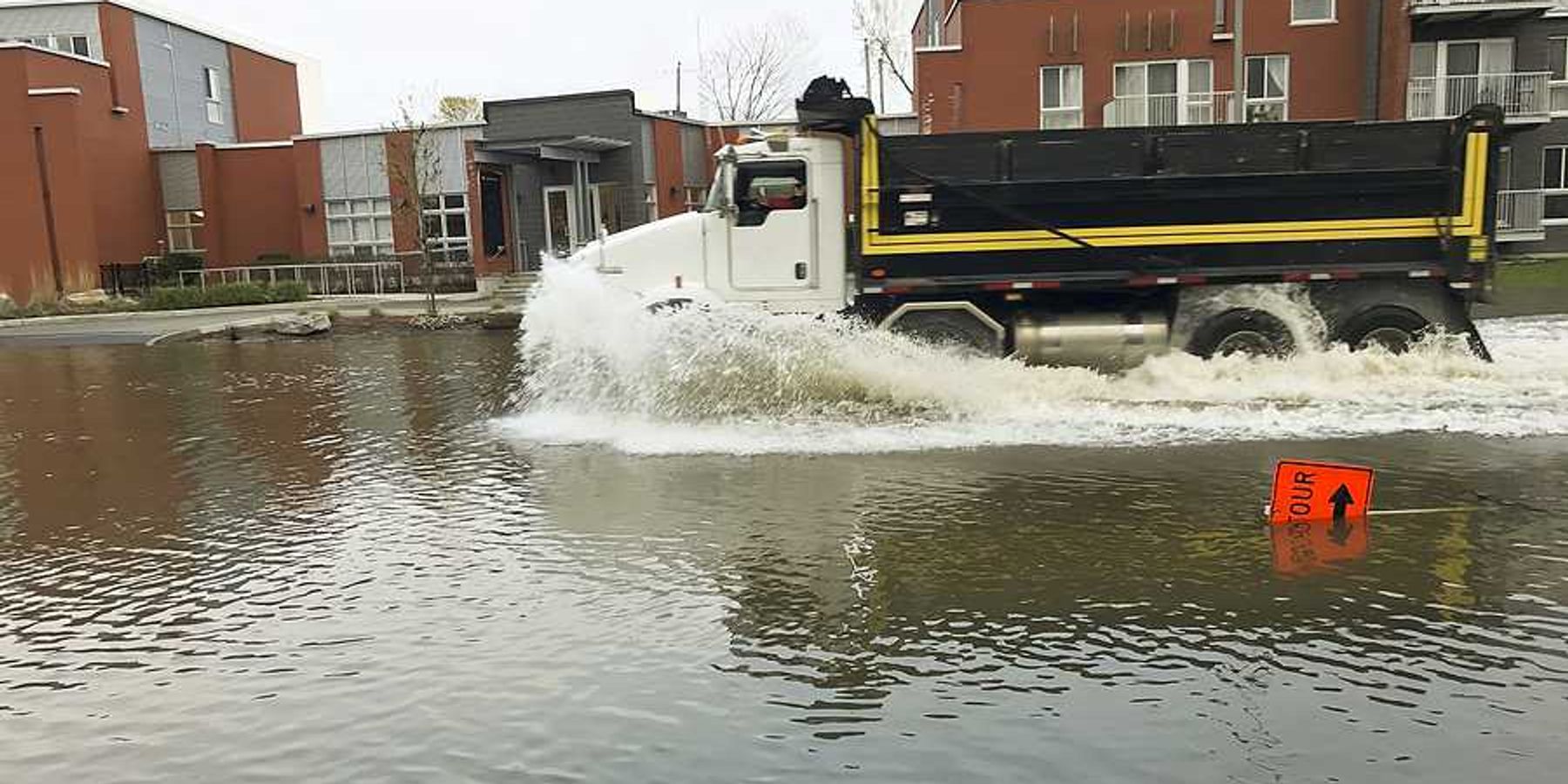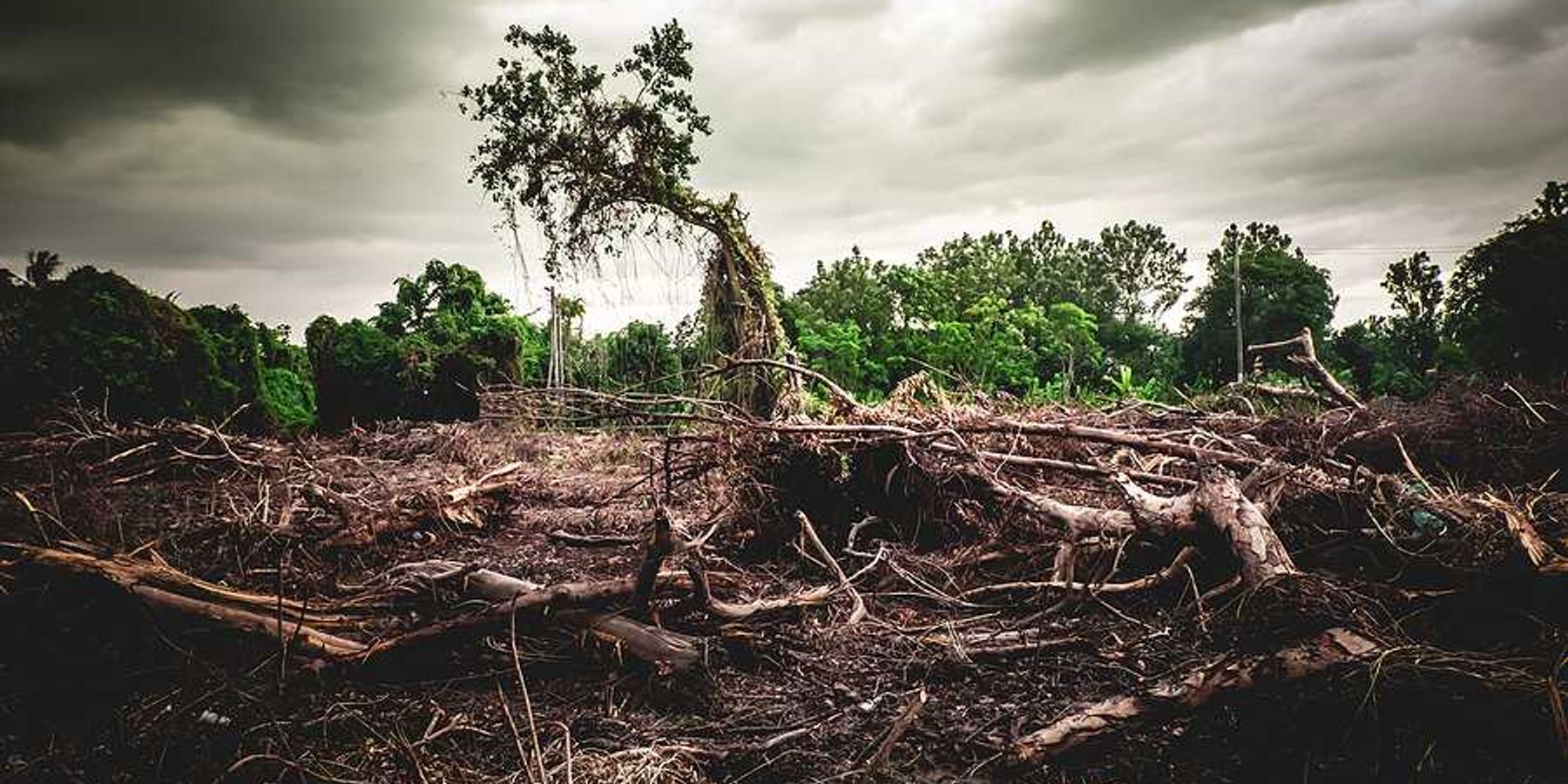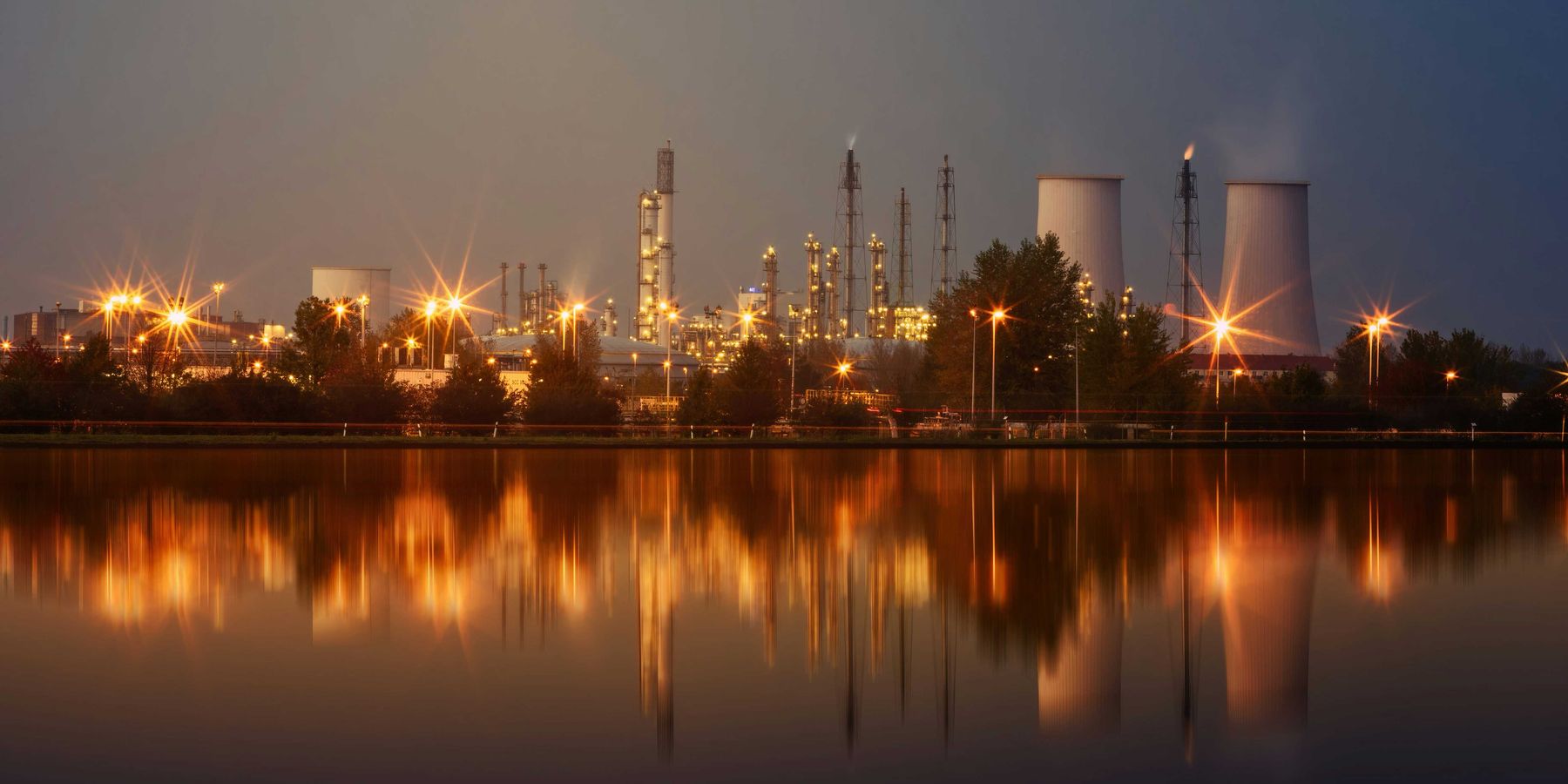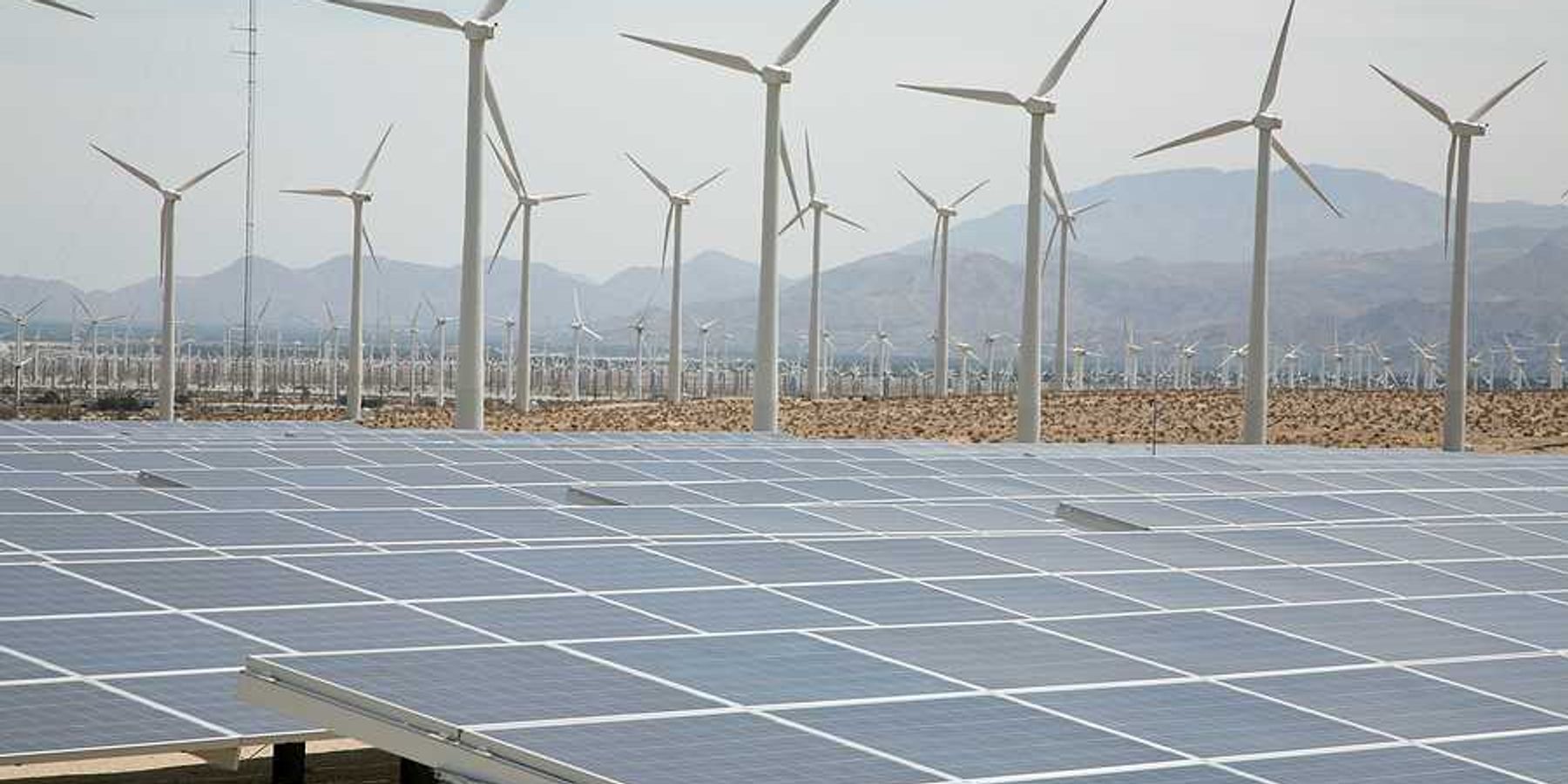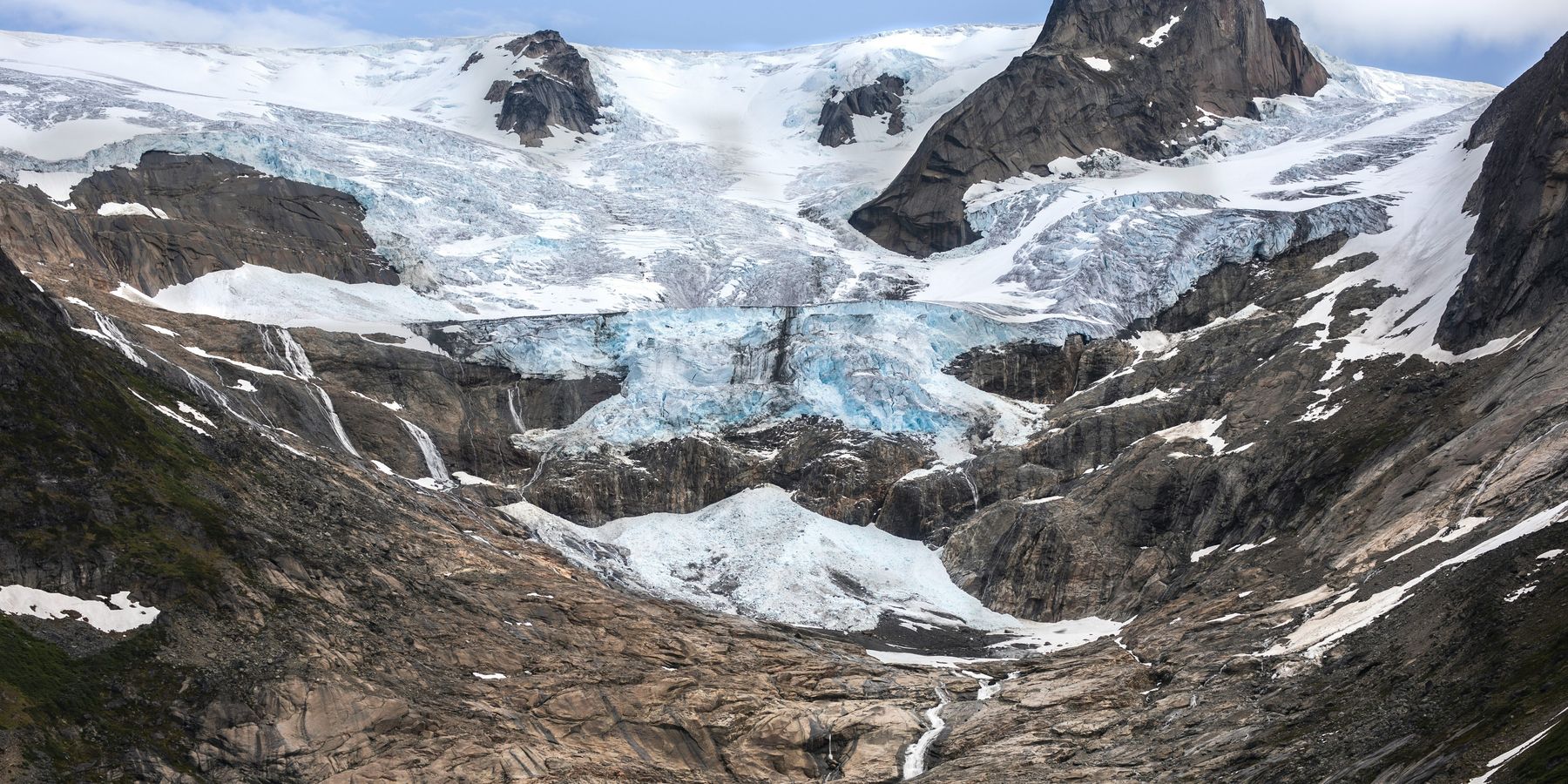
Phoenix’s rising heat brings deadly toll for the homeless
As extreme summer temperatures grip Phoenix, homeless residents face life-threatening dehydration, burns, and kidney failure with little protection from the heat.
Maggie Astor reports for The New York Times.
In short:
- Street medical teams in Phoenix are treating unsheltered people for severe dehydration, heatstroke, and third-degree burns caused by ground temperatures reaching 180 degrees.
- Nine of Phoenix’s 10 hottest years have occurred since 2010, with 110-degree days becoming far more frequent; night temperatures have also risen, reducing the body’s ability to recover.
- Homeless residents face barriers to safety including lack of access to water, cooling centers, and medical care, with some avoiding hospitals due to concerns about pets or stolen belongings.
Key quote:
“It’s all related to the heat. Every system we have, it affects.”
— Perla Puebla, family nurse practitioner, Circle the City
Why this matters:
Rising temperatures, driven by climate change, pose an escalating public health crisis — especially in urban heat zones like Phoenix, where pavement and lack of tree cover create dangerous conditions. For the homeless, who live and sleep directly on these surfaces, the risks are magnified. Skin can burn on contact with asphalt hot enough to fry an egg. Dehydration from relentless heat can damage kidneys or turn fatal. Medical outreach workers report treating patients with exposed bone through burn wounds and watching many refuse hospitalization to stay near pets or belongings. As extreme heat becomes more common nationwide, cities must contend with a growing humanitarian emergency that exposes the deep inequities in who suffers and who survives.
Read more: Trump proposal to end US EPA climate authority could intensify Arizona’s heat, drought, and fires

